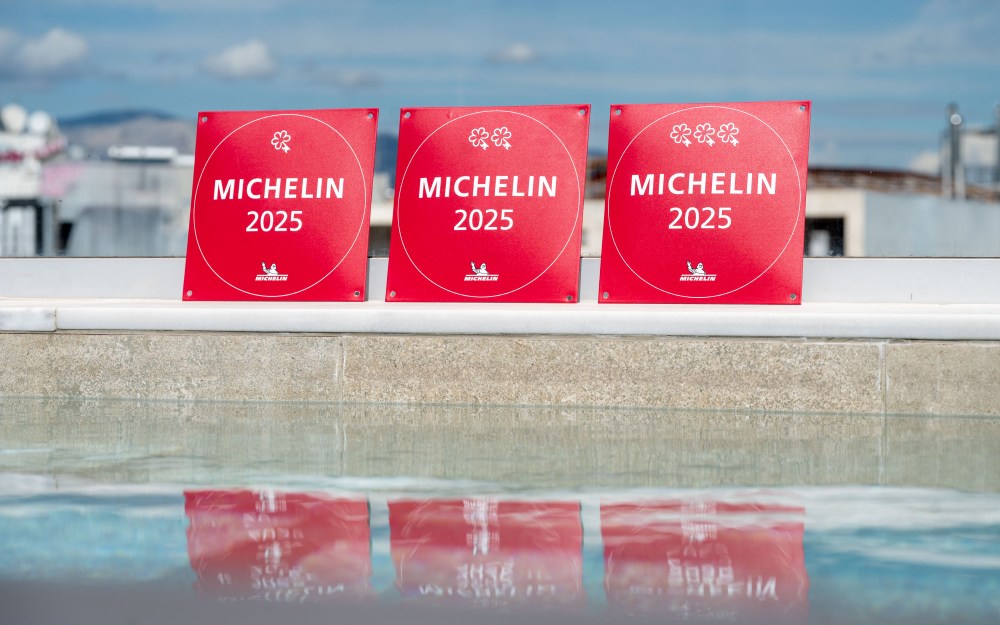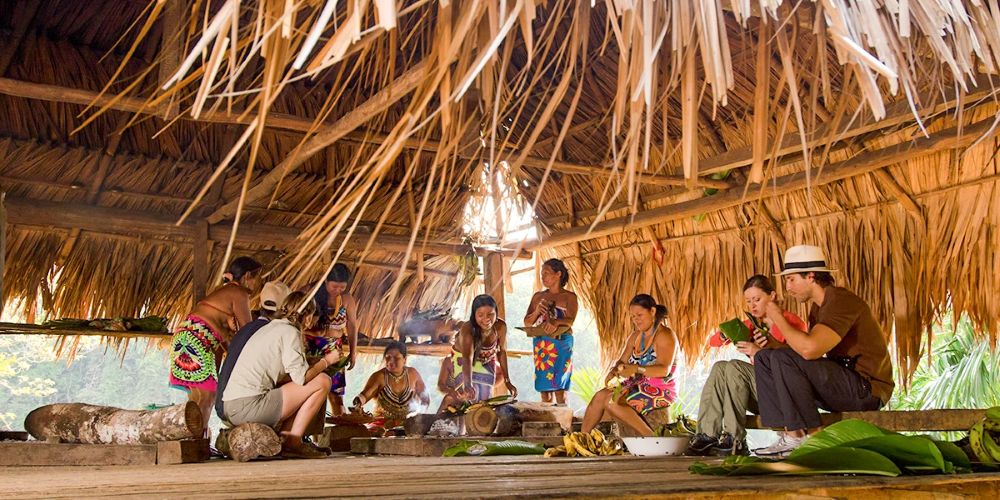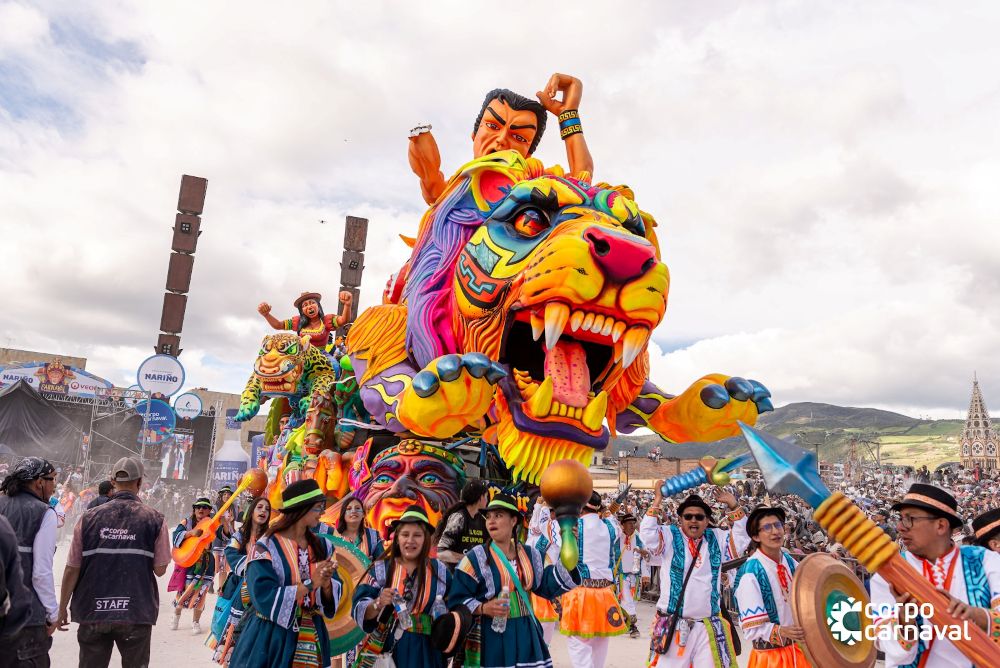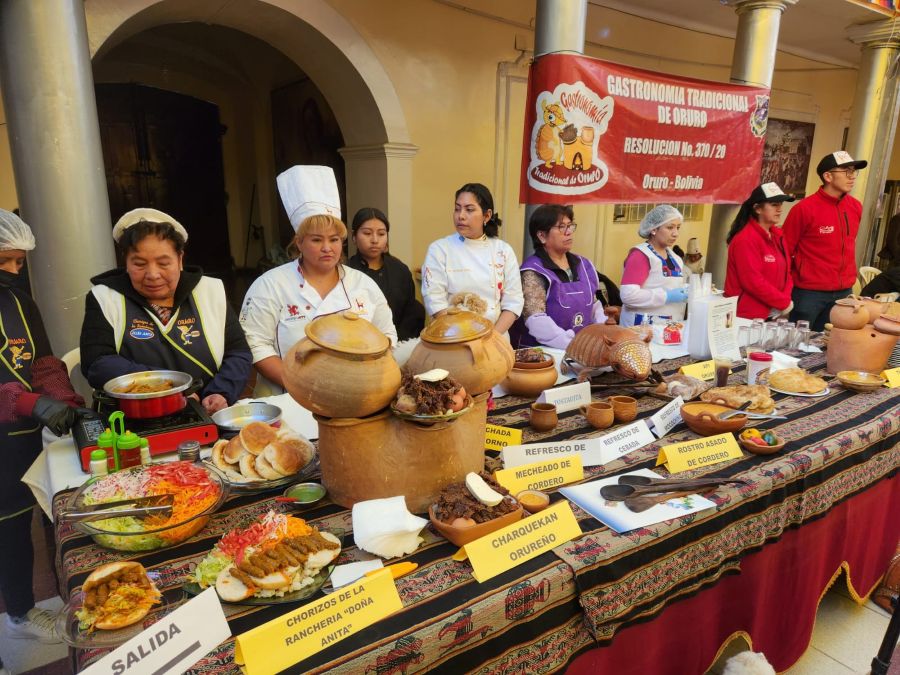The MICHELIN Guide is expanding beyond gastronomy to celebrate hospitality worldwide with the MICHELIN Keys — a distinction that recognizes the traveler’s overall experience.
After a pilot phase carried out in 2024 across 15 countries in the Americas, Europe, and Asia, the first global selection was unveiled in Paris on October 8.
What do the MICHELIN Keys represent?
To be eligible, properties must first appear in the Guide’s hotel selection. This recognition highlights those that stand out for:

- excellence in architecture and interior design
- consistency and quality of service
- the property’s personality and character
- value for money
- positive contribution to their local environment
There are three levels of distinction:
One Key, for a “very special” stay
Two Keys, for an “exceptional” stay
Three Keys, for an “extraordinary” stay
A catalyst for destinations and professionals
For Latin America, this first selection marks an important step in elevating the region’s hospitality offer. The awarded properties enhance the continent’s visibility and strengthen its position in the international high-end segment.
For industry professionals, the MICHELIN label becomes a symbol of trust and differentiation, allowing them to include independently evaluated accommodations in their offerings — a guarantee of quality and credibility in global markets.
Key destinations to watch
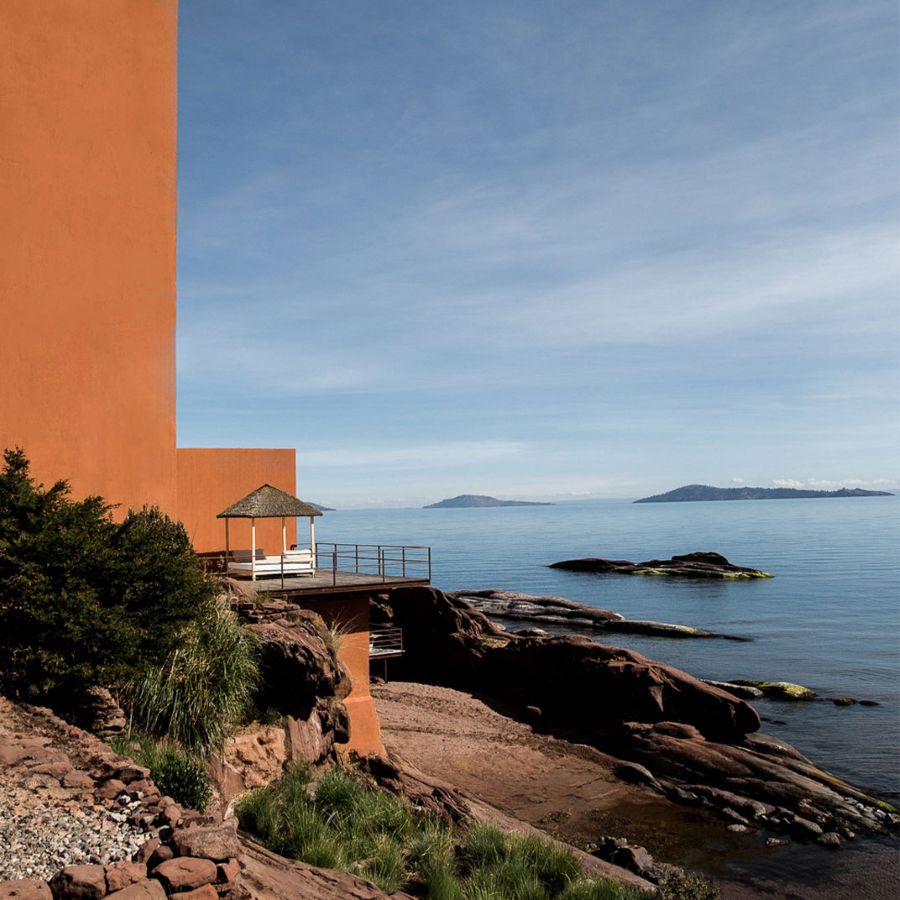
The Latin American selection draws an itinerary stretching from Mexico and the Caribbean to the Southern Cone, with awarded hotels in Argentina, Brazil, Chile, Colombia, Costa Rica, Ecuador, Peru and Uruguay,among others.
This diversity showcases the maturity and creativity of the region’s hospitality landscape, capable of delivering exceptional experiences in settings as varied as Torres del Paine National Park, the shores of Lake Titicaca, or cities such as São Paulo, Buenos Aires, and Bogotá.
→ The full list of MICHELIN Key hotels in Latin America is available here.
Between global excellence and local hospitality
The arrival of the MICHELIN Keys in Latin America raises an essential question: how can international standards and local identity coexist?
While this label brings global recognition and visibility, it also encourages reflection on the uniqueness of regional hospitality.
The true challenge for Latin American hotels will be to strike a balance between the pursuit of excellence and the preservation of authenticity, ensuring that standardization does not erase what makes the continent so rich: diversity, attention to detail, and human warmth.
Photos: Guide Michelin | Titilaka

